Guatemalan Cuisine Overview
by chef and author Amalia Moreno-Damgaard. (AmaliaLLC.com).
Located in the heart of Mesoamerica, Guatemala is the cradle of the Mayan civilization and as such it was an important agricultural and cultural hub. Many key species of crops emerged, including corn, tomatoes, chilis, squash, beans, potatoes and chocolate. Guatemalan indigenous cuisine incorporated the food of the ancient Mayas prepared according to rustic techniques, most often over an open fire. A good example of a modern-day rendition is elotes asados (grilled corn).
With the arrival of the Spanish and new ingredients, prepared meals transformed into what is known today as traditional cooking with both Spanish and Mayan influences. The Mayan caldos (stews), collectively a cultural patrimony and heritage of Guatemala, include jocón (chicken, tomatillo and cilantro stew); pepián (spicy chicken and pork vegetable stew); kak’ik (red chili turkey soup); and mole (fried sweet plantains in tomato-tomatillos-chocolate and chili sauce).
The influx of the Garifuna (Afro-Caribs) to Guatemala’s Caribbean region heralded yet another twist to Guatemalan cuisine. Popular dishes today include rice and beans (red beans, rice and coconut milk); tapado (a chowder of seafood, yuca, bananas, plantains and coconut); frituras (fried vegetables, fruit and seafood); and the traditional pan de coco (coconut bread)
Open-air street vendors eventually emerged in response to the country’s economic challenges. On weekends street vendors set up shop outside churches, plazas and parks and even outside movie theaters, discos and anywhere large crowds gather. They offer breakfast, lunch, dinner and even late-night snacks, such as egg or bean sandwiches, open-faced stuffed tortillas, spicy fresh cut-up fruit snacks spiced with ground roasted pumpkin seed and Coban chili powder, salt and lime juice, ceviches and much more.
Guatemalan cuisine groups remained relatively anchored until a world-wide food renaissance was triggered. In a competitive effort to stand out, chefs in Guatemala began to refresh the cuisine, and re-invention began to take place, infusing local dishes with an international flair.
This new food dynamic continues to influence Guatemalan cooking. With the renewed interest in all things to eat and drink, a wide array of businesses expanded and flourished. In connection with the food revolution, wine culture is developing among Guatemalans. From vinotecas (wine-tasting houses) and extensive wine lists at upscale restaurants, it seems that the time is right for wine to grow in popularity.
Coffee growers are abundant countrywide; artisan and commercial chocolate production continues to grow; and new formal and informal cooking schools have surfaced. Gourmet food and specialty stores that cater to a variety of tastes have emerged, as well, Guatemalan TV cooking shows and cultural programs have become very popular.
Recent trends indicate that this new focus on food will continue to mutate cuisine into many forms and will be stimulated by new internal and external interest in Guatemalan food, luxury cruise ships visiting, and the government’s tourism marketing campaign. New opportunities for food companies will emerge in local and international markets as Latin American cuisine positions itself as the new group of hot cuisines in the world.
As Latin America grows in importance in the U.S. and the world, cooking will be at the forefront for culinarians, and Latin editorial and publishing houses will see an increase in food-related literature and published cookbooks, which historically have been low in comparison to other food-vibrant regions. These changes could serve to entice even more home cooks to better appreciate, embrace and cultivate the cuisine of their homeland.
The cultural richness brought on by these changes is a wheel that will continue to turn for many generations to come. Guatemalan cuisine is hot today in Guatemala and beyond!
(photos by Mercedes Mejicanos and Hadazul Cruz)
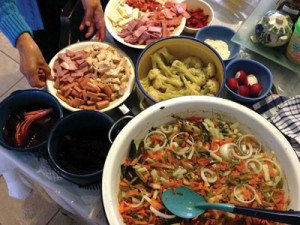
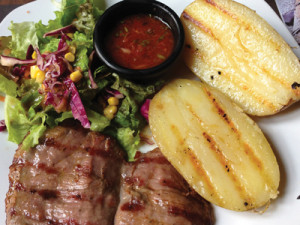
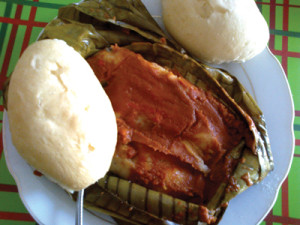
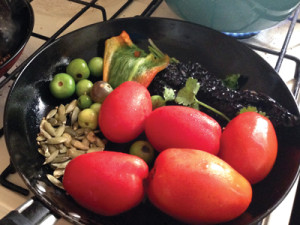
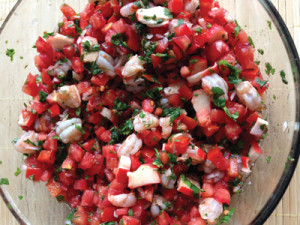
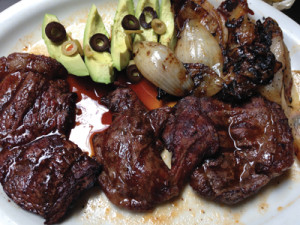
Me facina su cocina por que no quiere parecer otra cosa que algo para el paladar para ser “comido” no algo solo para ser visto, como la comida vanguardia.
Me facina su cocina por que no quiere parecer otra cosa que algo para el paladar para ser “comido” no algo solo para ser visto, como la comida que se dice vanguardia.